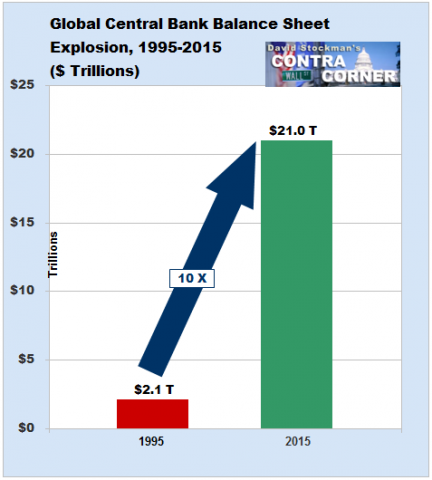Today’s post is about you dear reader… and the world you live in. That world got notice last week that henceforth short-term interest rates would be more than zilch. From all over the planet came hosannas and hat-tipping.
Some commentators congratulated the Yellen Fed on its careful stewardship… others applauded the strength of a U.S. economy that permitted a “return to normalcy.” But some fretted, too…
 An overenthusiastic outbreak of hat-tipping Photo credit: Jeremy Daniel
An overenthusiastic outbreak of hat-tipping Photo credit: Jeremy Daniel
Perhaps it is too soon, they thought. What if the economy failed to reach “escape velocity”? And what if the Fed – like has happened to so many other central banks around the world – was forced to beat a retreat?
The first few hours of trading after the Fed’s move seemed to confirm its wisdom: U.S. stocks traded higher. But over the following two days, the Dow lost more than 600 points. Then on Monday, it found its feet with a 123-point increase.
A quarter of a percentage point rate hike is piddling. But supposedly, it signals a new regime – a recovering economy that can afford to pay rates of interest more closely connected to the real world.
At the Diary, we never claim to know what is true… what is right… or what the future will bring. The best we can do is to try to recognize error. And then, only big ones. But here we need no careful regard for the details.
Here, big as life, we see George Armstrong Custer riding to the Little Big Horn. We see the Titanic headed out of Southampton harbor. We see Lenin headed back to Russia… Napoleon back to France… and another Bush or Clinton headed back to the White House…
…click on the above link to read the rest of the article…












